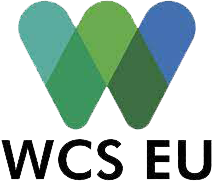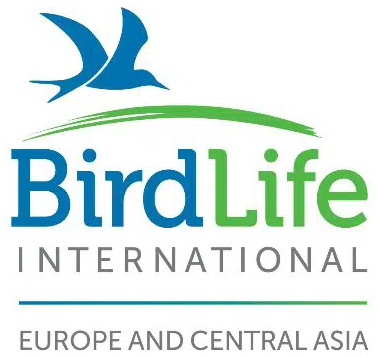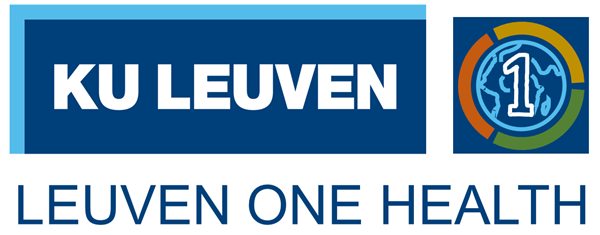
The political direction set by President von der Leyen1, the Joint Communication on Building Sustainable International Partnerships as Team Europe2, and early discussions on the next European Union Budget (2028 – 2034) for international cooperation (NDICI – Global Europe)3 suggest a concerning trend: global biodiversity conservation risks being deprioritised in EU external programmes. With Commissioners’ hearings and budget negotiations imminent, the coming months will be crucial to ensure that biodiversity conservation and restoration, alongside healthy and resilient nature, remain key priorities in the EU’s international cooperation efforts, investments, and global partnerships.
In the upcoming Multiannual Financial Framework (MFF), the EU must acknowledge4 the essential role nature plays in supporting communities, economies5, and tackling climate change. It is vital for the EU to demonstrate global leadership in addressing interconnected challenges — biodiversity loss, climate change, environmental degradation, health risks6, and rising insecurity — while reinforcing its role in conserving critical ecosystems, supporting sustainable development, and alleviating poverty.
Biodiversity loss, particularly in vulnerable regions, fuels conflict, displacement, and migration pressures, undermining stability7. In contrast, healthy ecosystems are vital for achieving the Sustainable Development Goals (SDGs), supporting agriculture, fisheries, food security, water access, and climate resilience. To address these challenges, the next budget for external action must prioritise biodiversity conservation and nature-based solutions, recognising the long-term value and cost-effectiveness of investing in nature. This will align with the EU’s commitments under European and international frameworks, including the EU Biodiversity Strategy for 2030, the Kunming-Montreal Global Biodiversity Framework (KM-GBF), the Paris Agreement, and Agenda 2030.
In 2021, President von der Leyen pledged to double the EU’s international biodiversity funding to €7 billion by 20278. While this is a positive step, the ambitious targets of the KM-GBF demand further action9. To advance holistic support for global socio-economic security and resilience, the next international cooperation budget must include a dedicated spending target for biodiversity to further close the biodiversity finance gap, ensuring that the EU meets its international commitments and drives transformative change.
We therefore urge the EU to raise its ambition and allocate a larger proportion of its future budget for international cooperation to tackle these critical challenges, specifically:
- Establish a clear and legally binding biodiversity spending target: The next EU international cooperation budget should earmark at least 15% specifically for biodiversity objectives. It is crucial that this target is clear, achievable, and distinct from climate and general environmental objectives.
- Mainstream biodiversity across all international cooperation sectors: Further integrate biodiversity into agriculture, climate change mitigation, adaptation, infrastructure development, and value chains, promoting nature-based solutions across these areas. A significant proportion of the EU climate action budget should be allocated to biodiversity and nature-based solutions10, with high social and environmental standards exceeding the ‘do no significant harm’ principle.
- Safeguard centrally managed thematic programmes in the next NDICI instrument to guarantee dedicated funding for biodiversity conservation and natural resource management. These programmes are essential for maintaining a global and multilateral approach, enabling the EU to directly support partner countries in meeting their commitments under biodiversity-related multilateral agreements. Thematic programmes are crucial for providing the technical assistance and targeted resources necessary to address biodiversity challenges, foster international partnerships, and promote alignment with global environmental goals.
- Scale investment in nature and biodiversity in Global Gateway11: Develop financially viable conservation and restoration initiatives that attract businesses to accelerate scaling and replication for significant positive impacts on nature and communities12. Additionally, establish technical capacity at the European Investment Bank (EIB) to de-risk biodiversity and nature-based solutions investments and create an enabling environment for private sector engagement.
- Strengthen environmental safeguards for international cooperation programmes: Environmental screening tools, such as the ‘do no significant harm’ (DNSH) principle and environmental impact assessments, have potential but have proven limited in effectiveness. To ensure meaningful impact, significant enhancements are needed, including mandatory application across Team Europe Initiatives and Global Gateway.
- Expand support to Indigenous Peoples, local communities, and civil society organisations: The EU is increasingly focusing implementation of its international cooperation programmes through pillar-assessed entities, such as international organisations and EU Member States agencies13. To improve biodiversity funding absorption, effectiveness, and long-term ownership, funding mechanisms must be adapted to enable greater participation from diverse groups that play a crucial role in on-the-ground conservation efforts, including Indigenous Peoples, local communities, and civil society organisations.
1 Political Guidelines 2024 – 2029
2 Joint Communication suggests that nature and biodiversity programmes have been overlooked by the Global Gateway initiative.
3 Neighbourhood, Development and International Cooperation Instrument – Global Europe
4 EU Council Conclusions 14480/24 (CBD COP16) & 14459/24 (UNFCCC COP29)
5 World Economic Forum: The Future of Nature and Business (2020) – $44 trillion of economic value generation potentially at risk
6 The One Health approach emphasises the interconnectedness of human, animal, and environmental health, underscoring the importance of coordinated action across all these areas.
7 EU study on the interaction between security and wildlife conservation in sub-Saharan Africa
8 https://ec.europa.eu/commission/presscorner/detail/en/ip_22_5730
9 Under the GBF Target 19, resources provided by developed countries must reach $20 bill/year by 2025 and $30 bill by 2030
9 Under the GBF Target 19, resources provided by developed countries must reach $20 bill/year by 2025 and $30 bill by 2030
10 EU Biodiversity Strategy for 2030 includes a commitment to increase synergies between climate and biodiversity finance
11 2024 Statement of Estimates: Although the EU’s biodiversity spending under NDICI has been on track so far, reaching 32% of the €7 billion target by 2023 and forecasted to hit 46% by 2024, there is a real risk of missing the 2027 goal. The prioritisation of Global Gateway infrastructure investments in 2025 – 2027, which insufficiently address nature, threaten this progress
12 Natural climate solutions (NCS): Science shows that NCS can deliver a third of cost-effective emissions reductions by 2030.
13 Concord, October 2023: Who holds the lion’s share? Analysis of the NDICI action plans suggests that almost 60% of funding is delegated to ‘pillar-assessed entities and therefore outsourced to international organisations and development agencies.


































